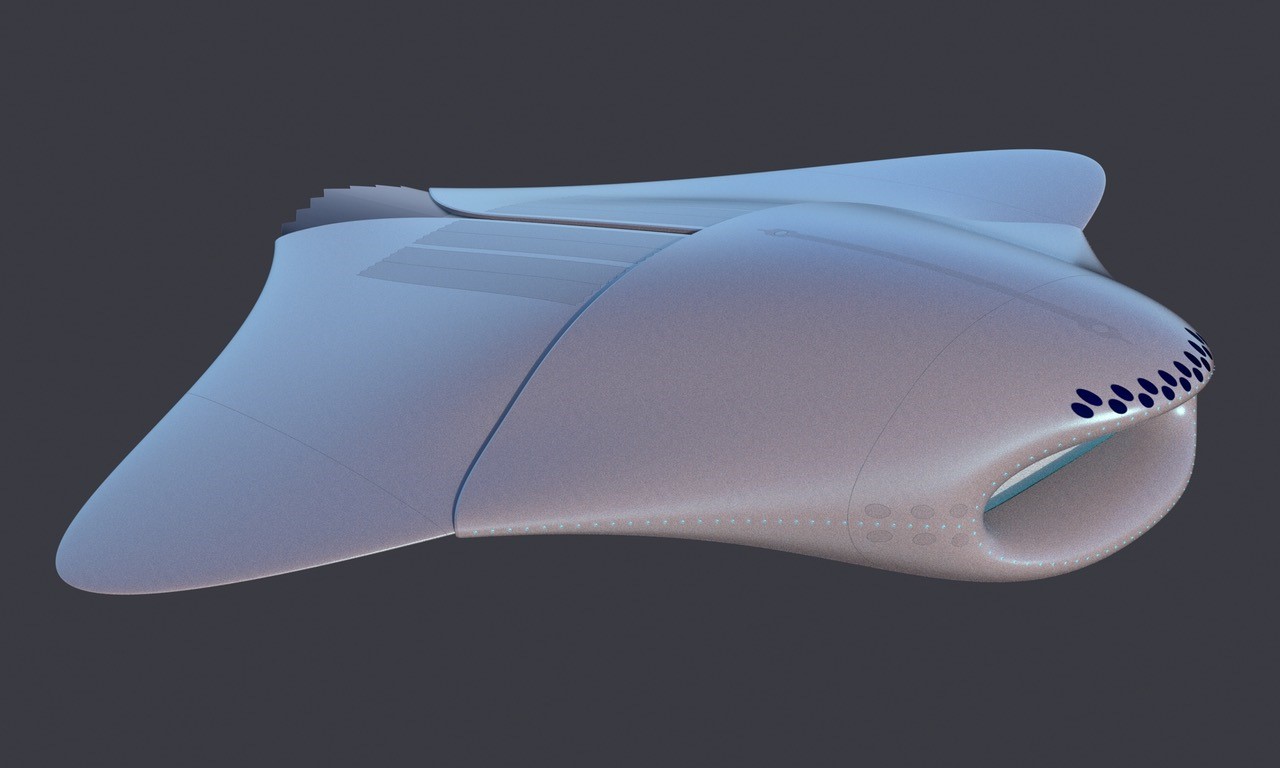Table Of Content

Ballistic missiles can also be fired from a submarine's torpedo tubes, for example, missiles such as the anti-submarine SUBROC. With internal volume as limited as ever and the desire to carry heavier warloads, the idea of the external launch tube was revived, usually for encapsulated missiles, with such tubes being placed between the internal pressure and outer streamlined hulls. The Imperial Japanese Navy operated the most varied fleet of submarines of any navy, including Kaiten crewed torpedoes, midget submarines (Type A Ko-hyoteki and Kairyu classes), medium-range submarines, purpose-built supply submarines and long-range fleet submarines. They also had submarines with the highest submerged speeds during World War II (I-201-class submarines) and submarines that could carry multiple aircraft (I-400-class submarines). They were also equipped with one of the most advanced torpedoes of the conflict, the oxygen-propelled Type 95. Nevertheless, despite their technical prowess, Japan chose to use its submarines for fleet warfare, and consequently were relatively unsuccessful, as warships were fast, maneuverable and well-defended compared to merchant ships.
Lockheed to Design, Test Navy Submarine EW System Under $112M Delivery Order - GovCon Wire
Lockheed to Design, Test Navy Submarine EW System Under $112M Delivery Order.
Posted: Thu, 15 Feb 2024 08:00:00 GMT [source]
Submarines
The diving planes have the facility of tilting to change the “lift,” which helps the submarine climb up or dive deep. Most of the time, the depth of the submarine is controlled using diving planes. The amount of lift generated by the submarine depends on the tilt angle of the planes and the speed of the submarine.

Engineering and auxiliary systems
A submarine submerged underwater can use Sonar by generating a small sound and then listening or detecting when the sound is reflected to map out or know its surroundings. However, emitting a sound from the submarine makes it easy for other ships or submarines to find its location. Hence, it is risky to use active Sonar when the submarine is on a secret mission.
Electric power
An example of the latter was the incident between the Russian K-276 and the USS Baton Rouge in February 1992. After putting to sea, the U-boats operated mostly on their own trying to find convoys in areas assigned to them by the High Command. If a convoy was found, the submarine did not attack immediately, but shadowed the convoy and radioed to the German Command to allow other submarines in the area to find the convoy.
When a submarine performs emergency surfacing, all depth and trim methods are used simultaneously, together with propelling the boat upwards. Such surfacing is very quick, so the sub may even partially jump out of the water, potentially damaging submarine systems. A designer has to compile data of all such possibilities before starting the submarine design. Also, unlike a ship, a submarine has to move both on the surface and under the sea. A designer must think of submarine stability as a design factor both when it is at the surface and under the sea. Also, this shape gives more space, and it is easy to create multiple decks.
Design of submarines
The structure is to be so designed that the level of vibrations are well within the limits. The physics of underwater explosions is a very interesting subject, as in, it is remarkably unique when compared to an explosion in air. To understand it, watch the video below, and notice how the explosion ball is created and how it contracts and explodes again, to release a cloud of gas bubbles.
Nuclear propulsion and missile platforms
During the War of 1812, in 1814 Silas Halsey died while using a submarine in an unsuccessful attack on a British warship stationed in New London harbour. Towards the end of the 20th century, some submarines were fitted with pump-jet propulsors, instead of propellers. Although these are heavier, more expensive, and often less efficient than a propeller, they are significantly quieter, giving an important tactical advantage. The Chilean government commissioned the Flach in 1865, during the Chincha Islands War (1864–1866) when Chile and Peru fought against Spain. Built by the German engineer Karl Flach, the submarine sank during tests in Valparaiso Bay on May 3, 1866, with the entire eleven-man crew. The motor could have multiple armatures on the shaft, which could be electrically coupled in series for slow speed and in parallel for high speed (these connections were called "group down" and "group up", respectively).
Submarine captains are more likely to use radar detection gear than active radar to detect targets, as radar can be detected far beyond its own return range, revealing the submarine. Periscopes are rarely used, except for position fixes and to verify a contact's identity. With only the rear clutch engaged, the electric motor could drive the propeller, as required for fully submerged operation.
Report to Congress on Navy Next-Generation Attack Submarine - USNI News - USNI News
Report to Congress on Navy Next-Generation Attack Submarine - USNI News.
Posted: Fri, 22 Mar 2024 07:00:00 GMT [source]
What leaves scope of research in this field is, submarines are not tested projects like many surface ships. Each design is new depending on the navy and other inter-related requirements of the project, and this leaves the designers with a lot of scope to improve on the next. The Nautilus was intended to attach an explosive charge to the hull of an enemy ship in much the same manner as the Turtle. Fulton experimentally sank an old schooner moored at Brest but, setting out to destroy British warships, was unable to overtake those he sighted.
Because in case of a ship, the rudder requires the propeller outflow for maximum lift efficiency. But in a submarine, since the entire hull is submerged, undisturbed streamlined flow is incident onto the rudder surface. Two hydroplanes mounted at the aft in the vertical plane are used to change the lateral direction of the submarine when in motion. Do note that unlike ships, the rudders of a submarine are forward of the propeller. The profile of the bridge fin in a submarine design is always an aerofoil shape, as it acts as a hydrofoil with the submarine sails with just the fin above water.
The study thus helps us conclude, that when a submarine is subjected to an explosion, it should be able to withstand not one, but a series of shockwaves. It has also been observed during tests, that due to each contraction of the explosion cloud, the submarine has a tendency to be sucked towards the centre of the explosion cloud. A submarine is designed to withstand the loads generated by underwater detonations (for example, mine explosions, pressures generated by bursting of large underwater gas bubbles). Jules Verne’s Twenty Thousand Leagues Under the Sea (Vingt mille lieues sous les mers, 1870) contains two of his most memorable creations, the mysterious Captain Nemo and a marvelous submarine, the Nautilus. This submarine is 70 metres (230 feet) long and armour-plated, capable of sinking any ship, and equipped with a 12,000-volume library and an art collection with works by Leonardo da Vinci, Titian, and Raphael.
France’s interest in Fulton’s submarine waned, and he left for England, offering his invention to his former enemy. In 1805 the Nautilus sank the brig Dorothy in a test, but the Royal Navy would not back his efforts. Fulton then came to the United States and succeeded in obtaining congressional backing for a more ambitious undersea craft.
With time, the type, range and bandwidth of the communications systems have increased. With the danger of interception, transmissions by a submarine are minimised. Various periscope-mounted aerials have been developed to allow communication without surfacing. Diesel submarines needed air to run their engines, and so carried very large batteries for submerged travel. Submarines also carry radar equipment to detect surface ships and aircraft.
Submarines did not have a major impact on the outcome of the war, but did portend their coming importance to naval warfare and increased interest in their use in naval warfare. In the 1930s, the principle was modified for some submarine designs, particularly those of the U.S. The engine was no longer attached to the motor/propeller drive shaft, but drove a separate generator, which would drive the motors on the surface and/or recharge the batteries.
One of a fleet of diesel electric submarines the Soviet Navy called “Project 641,” B-39 was commissioned in the early 1970s and served on active duty for more than 20 years. 300 feet in length and displacing more than 2000 tons, B-39 is among the largest conventionally powered submarines ever built. She was designed to track U.S. and NATO warships throughout the world’s oceans.



















